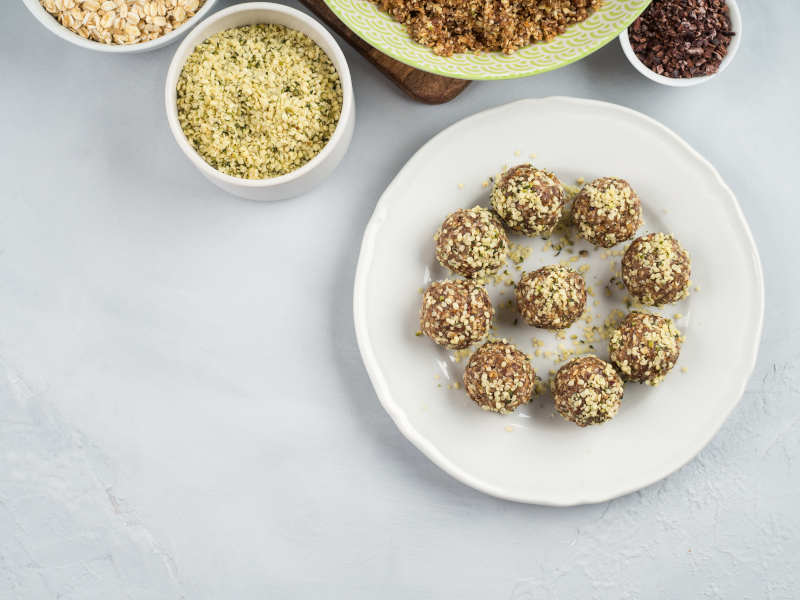Members Only Blog, Uncategorized
Carbs Carbs and more Carbs
To carb or not to carb. This seems to be the question of the decade. First I think its import to recognize that not all carbs are created equal. “Fast carbs” are the most problematic due to their high glycemic index.
There are two types of carbs
Simple Carbohydrates and Complex carbohydrates.
Now lets differentiate between the two.
*Simple Carbs
Made up of tiny molecules
mostly have a sweet flavor
found in granulated sugar, honey, fruits, cookies and sweet snacks that often contain lots of added sugar
The lactose (or milk sugar) found in dairy products is also a simple carbohydrate
*Complex carbs
They are made up or larger more complex molecules
Their flavor is not sweet
they occur mainly as a startch and fiber in bread, pasta, potatoes, grains (rice, wheat, quinoa, corn, ect) and legumes (lentils, chickjpeas, beans, ect)
We are often told that simple carbs are the fast carbs and complex carbs are slow carbs. Unfortunately it is not always that simple. The Glycemic index is what tells us whether a carb is “slow” or “fast”.
The GI of a food allows us to compare a foods ability to raise blood sugar levels. This is an indicator of what speed the glucose from any given food makes its way into the bloodstream. The higher the GI the faster the amount of sugar in the blood will increase after that food has been absorbed. When sugar enters our bodies the pancreas secretes insulin, the hormone whose role is to regulate the amount of sugar is in our blood stream. The higher a foods GI the more insulin that is released. Once the insulin is released it will then convert to glucose and our bodies then store it as glycogen so that it can be used later as an energy source for the bodys muscles, the heart and the brain. HOWEVER, here is the kicker! We have limited capacity for glyocegen storage. And when are glycogen stores are full, the excess glucose is stores as FAT!
Here are some examples of foods with different GI indexs for reference. (Remember we want to eat as many foods with a LOW GI as possible)
Low GI index foods: lentils, peas, chickpeas, nuts, some fruits, (apples, pears, oranges, kiwi, and grapes.)some grains, (mulitgrain bread and brown rice)and dark choc
Medium GI foods – whole grain pasta, some fruits ( raisins, pineapple, cherries, melons) milk chocolate and whole wheat bread
High GI food- potatoes, white rice, pasta, and candy
Ok now that we’ve gotten through which foods are which let me throw out a few more facts regarding GI.
* Did you know the more a food is cooked the higher its GI? For example the GI for al dente pasta is lower than the GI for thoroughly cooked pasta, and the GI for potatoes is lower when they are steamed vs when they are baked.
* Fruit has a lower GI than fruit juice because fruit juice has NO fiber!
* The more processed a food is , the higher its GI. Oatmeal for example has a GI of about 60 , but puffed grains which have been cooked and exposed to high pressure have a GI of about 80. And of course logically cooked veggies have a higher GI than raw veggies.
* Lastly the presence of fat and protein in a meal lowers the speed at which carbs are absorbed.
As I said early the body has a limited capacity to store glucose in the form of glycogen. When there is no more room insulin will transform the excess glucose into fat. Basically eating to many high GI foods leads to weight gain and obesity.
Eating excessive carbohydrates causes the body to develop an insulin resistance. When our bodies are over stimulated by insulin our cells eventually develop a type of resisitance and stop responding to insulin the way they were suppose too. Meanwhile the cells in the pancreas are now depleted from the massive amounts of insulin production and will no produce less and less insulin. These self infliced hormone disorders are the primary cause of type 2 diabetes. They also raise the risk of cardiovascular disease and chronic inflammation, (aka arthritis)
So what exactly are you suppose to do this all this information?
Eat less amounts of food with a high GI index and more foods with a lower GI index. Eat foods high in fiber. Protein and healthy fats in a meal help slow down the rate of glucose absorption in the bloodstream.
*The more you know!

